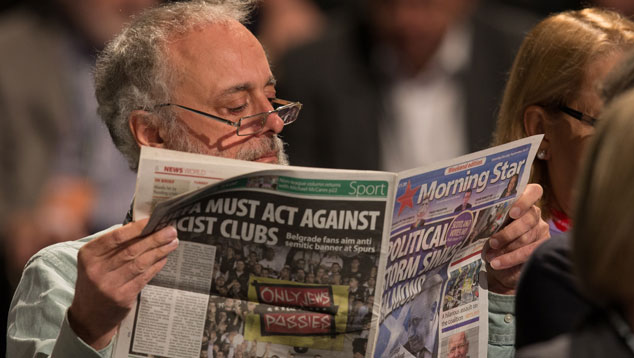
Fund ratings are big business. There are thousands of funds out there – to a new investor, a star rating from an expert researcher may look like a way to narrow the field; and to an adviser, they provide a nice easy way to justify a recommendation. Unfortunately, one thing they won’t do is uncover tomorrow’s world-beating managers.
The Wall Street Journal recently looked at fund researcher Morningstar’s widely used star ratings. Scouring data going back to 2003, the WSJ found that of the funds that enjoyed the top Morningstar five-star rating (and the influx of investor money that goes with it), only 12% had managed to hang on to their five stars five years later. Another 10% had seen their ranking drop to a single star.
I suspect that this won’t surprise most MoneyWeek readers. We know by now that the number of managers who can consistently beat the market over a long period are vanishingly rare, and that identifying those managers in advance is extremely difficult. We also know – as Morningstar itself acknowledges – that “reversion to the mean” is a powerful force in investment. That’s the argument for passive investing (buying a cheap fund that merely tracks the market rather than trying to beat it) in a nutshell.
However, while you may not get rich from sticking to them religiously, the star ratings do in fact have “some modest predictive value”. A five-star fund today will on average have turned into a three-star fund in a decade’s time. A one-star fund today will on average still only have 1.9 stars a decade from now. Similarly, funds rated four, three or two stars have all maintained their relative positions ten years down the line, averaging 2.8 stars, 2.5 and 2.2 respectively. What’s going on?
As Morningstar’s Russel Kinnel notes, the most reliable predictor of future returns is also the one over which you have the most control – costs. For example, if you split the fund universe into ‘‘quintiles’’ by expense ratio (see below), then the funds in the cheapest quintile were three times more likely to beat the market than the most expensive funds, over the five years to December 2015. Morningstar’s rankings take these costs into account, and as a result, notes Matt Levine on Bloomberg, its fund rankings have at least some predictive value because “it tends to pick the ones with low fees”.
So before you buy a fund, go straight to the total expense ratio. Finding a cheap way to invest in your chosen market is probably the best thing you can do to increase your odds of beating the market.